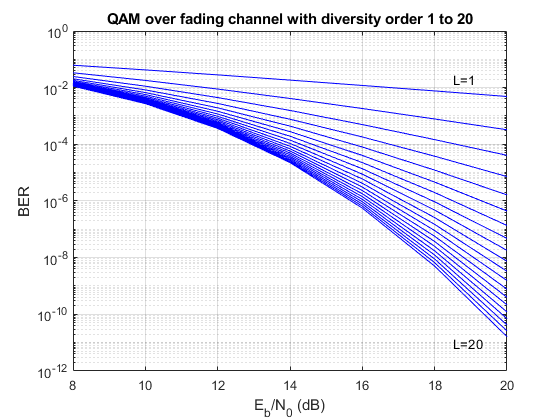Question about Beam forming and MIMO
时间:04-04
整理:3721RD
点击:
Hi,
From the view of antenna theory, beam forming means using multiple antennas to create a desired beam, or controlling the beam direction by changing the magnitude and phase of each antenna element. Usually we'll regard all the elements as one antenna when we look at the far field.
In communication theory, MIMO means utilizing diversity to get rid of fading. if we have multiple transmitting and receiving antennas, we assume the paths between each transmitting and receiving antenna are independent so that the fading is independent. Take the Rayleigh fading channel for example, when diversity approaches infinity, the channel will look like there's no fading.
But in real cases, if we use antenna array to do beam forming and apply MIMO techniques (like space-time block code), how is it possible for each two antennas to be independent? in other words, the antennas are close to each other, how can we assume that the fading is independent between different paths?
I think antenna theory considers about wave propagation but communication theory considers about random processes in ideal cases. So how does the real beam forming work? What do people do in real cases ? (like 5G base station)
From the view of antenna theory, beam forming means using multiple antennas to create a desired beam, or controlling the beam direction by changing the magnitude and phase of each antenna element. Usually we'll regard all the elements as one antenna when we look at the far field.
In communication theory, MIMO means utilizing diversity to get rid of fading. if we have multiple transmitting and receiving antennas, we assume the paths between each transmitting and receiving antenna are independent so that the fading is independent. Take the Rayleigh fading channel for example, when diversity approaches infinity, the channel will look like there's no fading.

But in real cases, if we use antenna array to do beam forming and apply MIMO techniques (like space-time block code), how is it possible for each two antennas to be independent? in other words, the antennas are close to each other, how can we assume that the fading is independent between different paths?
I think antenna theory considers about wave propagation but communication theory considers about random processes in ideal cases. So how does the real beam forming work? What do people do in real cases ? (like 5G base station)
